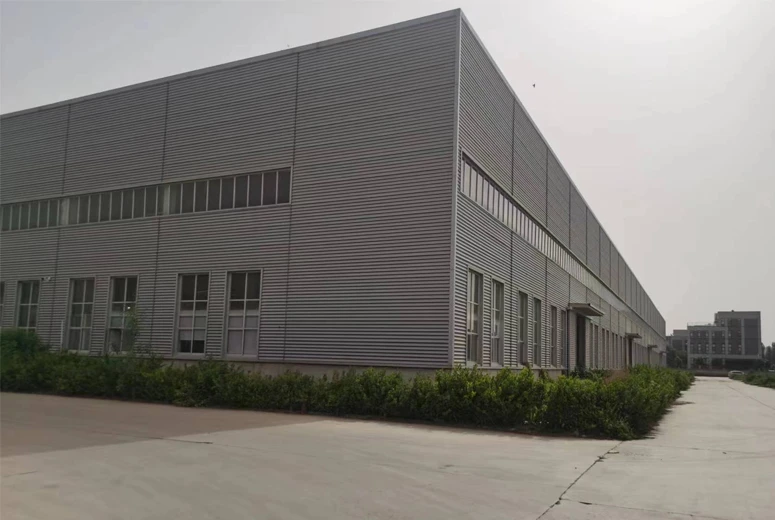Manual Hose Crimper for Efficient and Precise Hose Assembly in Various Applications
The Importance of Manual Hose Crimpers in Various Industries
In the modern manufacturing landscape, one often overlooked yet vital tool is the manual hose crimper. This device plays an essential role in the assembly of hydraulic and industrial hoses. Manual hose crimpers are particularly valued for their simplicity, portability, and cost-effectiveness, making them a popular choice in various sectors, including automotive, construction, and agriculture. In this article, we will explore the features, benefits, and applications of manual hose crimpers.
Understanding Hose Crimping
Hose crimping is the process of compressing a metal fitting onto the end of a hose using a crimping tool. This creates a secure and leak-proof connection, which is critical for the safe and efficient operation of machinery that relies on fluid transfer. Manual hose crimpers, specifically, are operated by hand and do not require an external power source, making them ideal for both workshop and field applications.
Features of Manual Hose Crimpers
Manual hose crimpers typically feature a simple mechanical design. They consist of a frame, crimping dies of various sizes, and a mechanism that allows the user to apply force for crimping. Most models are lightweight and portable, making them easy to transport to different job sites. The versatility of manual hose crimpers is another significant feature. With interchangeable dies, they can accommodate various hose sizes and types, including hydraulic, pneumatic, and industrial hoses.
Benefits of Using Manual Hose Crimpers
One of the most significant advantages of manual hose crimpers is their affordability
. Compared to electric and hydraulic crimpers, manual variants are generally much less expensive, making them accessible for small businesses or individuals who need them for occasional tasks.Additionally, manual crimpers are user-friendly. Most versions require minimal training, allowing operators to quickly learn how to use the tool effectively. This is particularly beneficial for small workshops where employees may not have extensive technical training.
manual hose crimper

Another benefit is the ability to perform crimping in remote locations. As there is no need for electricity or a compressor, technicians can carry out repairs and assembly tasks on-site, reducing downtime and enhancing productivity. This feature is especially crucial in industries like construction, where equipment must be quickly repaired without transporting it back to a shop.
Applications Across Industries
Manual hose crimpers find applications in various fields. In the automotive sector, they are used to assemble hoses for power steering, brakes, and cooling systems. Their ability to create tight, reliable fittings is crucial in ensuring vehicle safety and performance.
In construction, manual hose crimpers are indispensable for creating hoses used in hydraulic machinery, such as excavators and bulldozers, where high-pressure hydraulic fluid is necessary for operation. The reliability of these hoses is paramount, and manual crimpers ensure that the connections remain robust even under intense conditions.
The agricultural sector also benefits from manual hose crimpers, as farmers rely on various hydraulic systems in their machinery for tasks such as planting, harvesting, and irrigation. With the ability to make quick repairs in the field, farmers can minimize machinery downtime and maintain productivity.
Additionally, industries like marine, oil and gas, and food processing also utilize manual hose crimpers for various applications. These sectors often require specialized hoses compliant with specific safety and operational standards, which manual crimpers can accommodate with the right dies.
Conclusion
In summary, manual hose crimpers are invaluable tools across various industries. Their affordability, ease of use, and versatility make them ideal for anyone needing to assemble or repair hoses on-site. Whether in automotive workshops, construction sites, or agricultural fields, manual hose crimpers play a crucial role in ensuring the efficiency and safety of operations. As industries continue to evolve, the importance of reliable, user-friendly tools like manual hose crimpers will undoubtedly remain significant. Investing in a good-quality manual hose crimper can enhance productivity, save costs, and ensure quality in fluid transfer applications.
-
High Frequency Straight Seam Welded Pipe Production Line-BzZhou Xinghua Machinery Equipment Manufacturing Co., LTD.|Precision Welding, High EfficiencyNewsJul.30,2025
-
High Frequency Straight Seam Welded Pipe Production Line|BzZhou Xinghua|Precision Welding&EfficiencyNewsJul.30,2025
-
High Frequency Straight Seam Welded Pipe Production Line - BzZhou Xinghua|Precision Engineering&EfficiencyNewsJul.30,2025
-
High-Frequency Straight Seam Welded Pipe Production Line-BzZhou Xinghua Machinery Equipment Manufacturing Co., LTD.NewsJul.30,2025
-
High-Frequency Straight Seam Welded Pipe Production Line-BzZhou Xinghua Machinery Equipment Manufacturing Co., LTD.|Precision Manufacturing, High EfficiencyNewsJul.30,2025
-
High Frequency Straight Seam Welded Pipe Production Line-BzZhou Xinghua Machinery Equipment Manufacturing Co., LTD.|Precision Steel Pipe Manufacturing&Industrial EfficiencyNewsJul.29,2025


